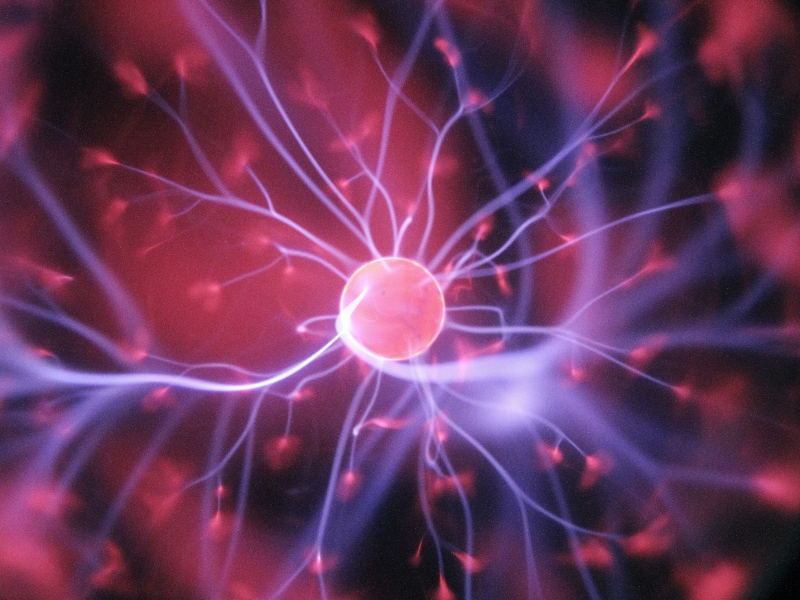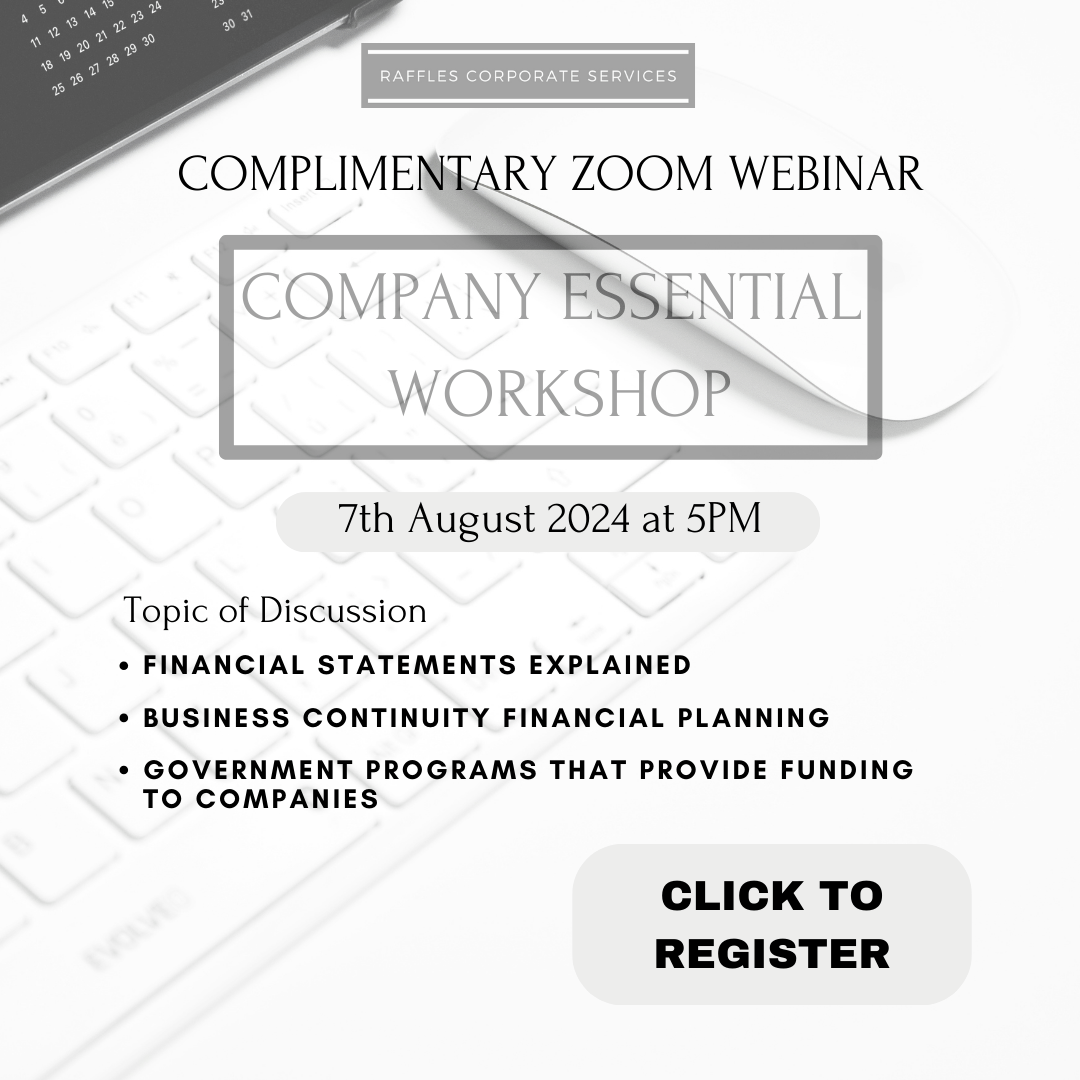Have you ever experienced a strong impulse to take action, only to hesitate and later regret not acting on it? Conversely, have you found yourself subconsciously reacting to a situation you had no intention of engaging in and then reproaching yourself afterwards?

Such dilemmas are common, and we often justify them with phrases like, “That’s just the way I am” or “I’m a Capricorn, so I don’t behave like a Gemini.”
These scenarios are part of our daily lives, and they prompt us to question why certain impulses lead to action while others result in inaction. What causes these recurring patterns in our lives?
A little about me…

In my case, I was raised in a conservative environment with limited room for self-expression and speaking up. It wasn’t until my late teens that I began to feel comfortable sharing my thoughts. However, my early experiences left a mark on my subconscious, leading to patterns of freezing up in social situations and reacting impulsively to minor inconveniences. These patterns persisted into my adult life and put a strain on my relationships, both with others and with myself. This prompted me to explore the connection between my thoughts and behaviours. Hopefully, with a better understanding, I can create more favourable outcomes in my situations.
The Conscious and Subconscious Mind
Biologist Bruce Lipton, renowned for his work in epigenetics and the link between biology and belief, provides a unique perspective on the roles of the conscious and subconscious mind. While his views may not be universally accepted in the scientific community, they have had a significant influence in the realms of holistic health and alternative medicine. Lipton’s perspective can be summarized as follows:
- Conscious Mind: Lipton asserts that the conscious mind is responsible for logical and rational thinking. It governs awareness, perception, and decision-making, and it possesses the ability to consciously alter beliefs, thoughts, and perceptions.
- Subconscious Mind: Lipton likens the subconscious mind to a tape recorder that stores and replays beliefs and behaviours without questioning or analysis. It operates automatically, relying on learned behaviours and beliefs. According to Lipton, the subconscious houses beliefs that can influence our biology, including gene expression.

Numerous studies and reports suggest that approximately 90-95% of brain activity is subconscious, leaving only 5-10% as conscious activity. This underscores the profound influence of the subconscious on our daily lives.
Formation of the Subconscious Mind
According to Dr. Bruce Lipton, the subconscious mind is primarily formed during the first seven years of a person’s life. Early experiences, including the quality of caregiving and attachment with caregivers, significantly influence the beliefs, behaviours, and emotional responses that reside in the subconscious. These early experiences, whether traumatic or repetitive, condition the mind over time.

The 1-5 Mantra
Your subconscious mind is neither good nor bad. However, different situations call for distinct choices and actions to yield the best possible outcomes. To empower myself to make these choices, I adopted a simple mantra: counting from 1 to 5.
The technique is straightforward.
Counting rapidly from 1 to 5 assigns a task to the subconscious mind, redirecting its attention. In that moment of distraction, the conscious mind seizes the opportunity to act. Action is the bridge between thoughts and reality, and no thought is as tangible as the simplest action. Once the action is taken, it’s too late for the subconscious mind to intervene.
In case you’re wondering what world-changing action you can accomplish in a split second, the answer is—none. This exercise simply acts as a catalyst for new possibilities, new trajectories, and new outcomes. It takes a mere moment to:
- Share a smile or a hug
- Extend your hand for a handshake
- Say hello
- Make a conscious decision to act

So, the next time you spot someone you’d like to get to know, give a count to 5 and start walking over to him or her at the end of it. If you are worried about what to say, it’s fine. It’s too late to worry anyway. You are already standing in front of that person. But at the very least, your worry, courtesy of your subconsciousness, did not stop you from taking action. Who knows, you may not even need to say anything, but it’s worth finding out, isn’t it?





